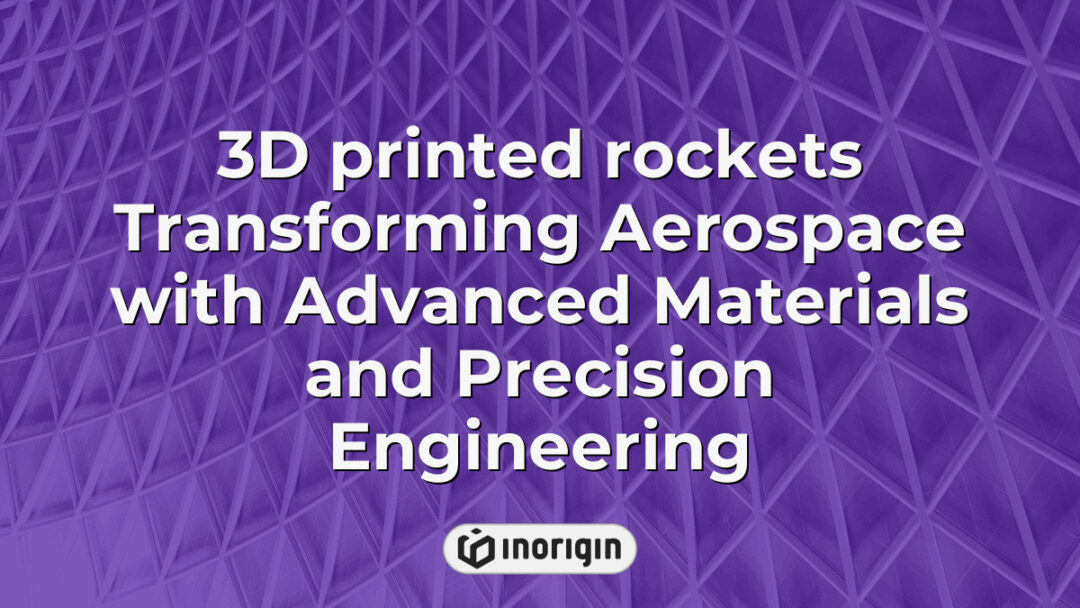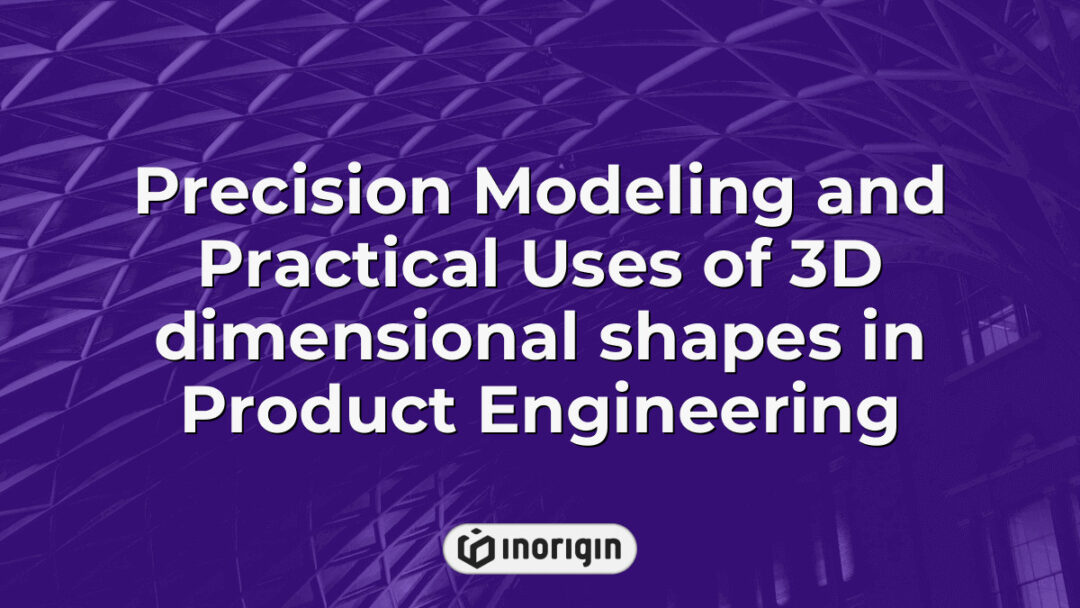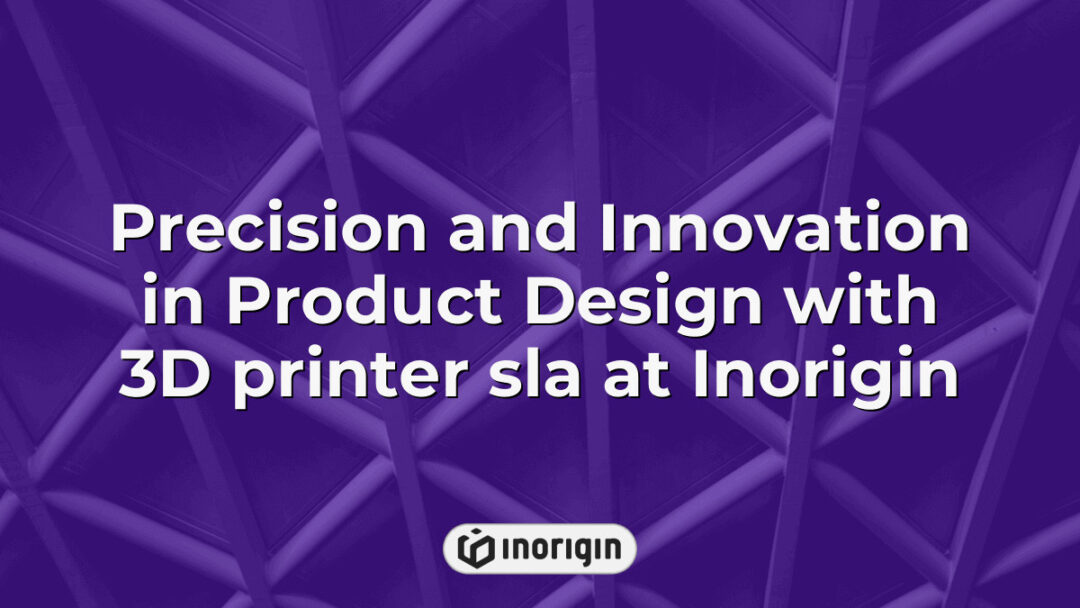The advent of 3D printing technology has not only revolutionized manufacturing across various sectors but also sparked a transformative wave in aerospace engineering, particularly in the development of rockets. Recent theories propose that leveraging additive manufacturing could significantly reduce both the cost and complexity of rocket production, challenging longstanding paradigms within the aerospace industry. By enabling the creation of intricate geometries and lightweight structures, 3D printed components promise enhancements in performance and efficiency that traditional fabrication methods struggle to deliver. This article delves into the veracity of these claims, examining the implications of 3D printed rockets on future space exploration and the potential redefinition of engineering methodologies within the field.
| Aspect | Key Takeaway |
|---|---|
| 3D Printing Impact | 3D printed rockets enable significant cost and complexity reductions in aerospace manufacturing, enhancing design flexibility and production efficiency. |
| Historical Development | The use of additive manufacturing in rocketry began in the 1980s, with aerospace pioneers like SpaceX and Blue Origin accelerating its adoption through innovative applications. |
| Key Technologies | Advanced metal 3D printing techniques and high-performance materials such as titanium and Inconel are crucial for producing lightweight, durable rocket components. |
| Innovative Companies | Relativity Space and Rocket Lab lead in applying 3D printing to rocket production, streamlining supply chains and reducing manufacturing times. |
| Challenges | Material performance limitations and ensuring consistent production quality remain primary obstacles to the broader implementation of 3D printed rocketry. |
| Future Trends | Strengthening collaboration between industry and academia is expected to drive breakthroughs in design optimization and additive manufacturing processes. |
| Environmental Considerations | Adopting sustainable materials and evaluating energy consumption are vital for minimizing the ecological footprint of 3D printed rocket manufacturing. |
History and Development of 3D Printed Rockets
The inception of 3D printed rockets evokes an image of humanity’s insatiable quest to conquer the cosmos, transforming imagination into tangible reality. This journey began in the 1980s with the advent of additive manufacturing technologies, which laid the groundwork for the rapid prototyping of complex components. By the late 20th century, pioneers such as SpaceX and Blue Origin started integrating 3D printing into the production of spaceflight hardware, significantly reducing timeframes and costs. The transition from traditional fabrication methods to additive manufacturing has not only enhanced design flexibility but also bolstered the performance of rocket components, allowing for intricate geometries that were previously unattainable. For instance, SpaceX’s use of 3D printing for the development of its Raptor engine has been praised for both its efficiency and innovation, showcasing the profound implications of this technology on future space exploration efforts. Thus, the historical trajectory of 3D printed rockets reflects a confluence of technological evolution and ambitious aspirations, lighting the path for subsequent advancements in aerospace engineering.
Key Technologies and Materials Used in 3D Printed Rockets
The intersection of technology and creativity in the field of 3D printed rockets can be likened to the delicate balance of a tightrope walker, where precision and innovation are essential for success. Central to the advancement of rocket manufacturing via 3D printing are key technologies and materials that contribute to better performance and reduced costs. Four significant elements define this technological evolution: firstly, metal 3D printing techniques such as Selective Laser Melting (SLM) allow for complex geometries that traditional manufacturing cannot achieve. Secondly, materials like titanium and Inconel are prized for their strength-to-weight ratios and high-temperature resistance, essential for the rigors of space travel. Thirdly, advancements in hybrid manufacturing processes combine additive and subtractive methods; this approach enhances the overall quality and functionality of printed parts. Lastly, the integration of advanced software simulations and design tools plays a crucial role, enabling engineers to test and optimise components before they are even produced. Each of these components not only demonstrates the capabilities of 3D printing technology but also evokes a sense of excitement in the possibilities it presents for future aerospace engineering. As the industry evolves, the emphasis on innovative materials and processes will undoubtedly reshape the pathways to successful rocket launches, underpinning the fabric of modern exploration and innovation in space technology.
Innovative Companies Leading the Charge in 3D Printed Rocketry
In the early 21st century, the concept of 3D printing was often whimsical; from making toys to constructing entire buildings, it seemed like science fiction had finally crept into everyday life. Fast forward to now, this once-futuristic technology has significantly transformed various sectors, including aerospace, with numerous innovative companies leading the charge in 3D printed rocketry. For instance, Relativity Space has gained recognition for developing the Terran 1 rocket, which utilises an innovative construct of largely additively manufactured components, reducing the production time and complexity considerably. Similarly, companies like Rocket Lab and ICON have been at the forefront, leveraging advanced materials and techniques to push the limits of what can be achieved in space travel while maintaining cost-effectiveness. This movement towards 3D printing in rocketry is not just about innovation; it is also about redefining supply chains, as parts can be created on-demand, thereby minimising waste and maximising efficiency. In summary, the ongoing advancements by companies engaged in 3D printing technologies illustrate a seismic shift that promises to redefine the future of aerospace engineering and exploration.
Challenges and Limitations in 3D Printing Rockets
The challenges and limitations in 3D printing rockets present significant obstacles to the development of this technology. Firstly, material limitations are a critical concern; current materials may not fully meet the rigorous requirements of aerospace applications, particularly in terms of heat resistance and structural integrity. For instance, while traditional rockets often utilise high-performance alloys, many 3D printed objects rely on polymer-based materials, which may not withstand the extreme conditions faced during launch and flight. Furthermore, the complexity of propulsion system assembly reveals another layer of difficulty. Unlike conventional methods that benefit from established practices, 3D printing lacks the comprehensive protocols that have been refined over decades in traditional rocket assembly. The resultant need for extensive testing is compounded by the limited understanding of how these 3D printed components behave under actual flight conditions, making every new design a potentially risky venture. Additionally, production consistency can vary, leading to discrepancies that may compromise safety or performance. Therefore, while 3D printing heralds the promise of rapid prototyping and reduced costs, the aforementioned factors serve as substantial hurdles that must be surmounted in the quest for effective and reliable 3D printed rocketry.
Future Prospects and Trends in 3D Printed Rocketry
The future prospects and trends in 3D printed rocketry are akin to the dawn of the Space Age, when the fear and excitement of new technology converged. The advancing capabilities of 3D printing—particularly with materials such as polymers and metal alloys—allow for the production of intricate components that traditional manufacturing methods struggle to achieve. These innovations promise to revolutionise not only model rockets, but also large-scale aerospace applications. Various companies and research institutions are already exploring the potential of 3D printed rockets, aiming to enhance efficiency in both production and material utilisation, while significantly reducing costs associated with launches. For instance, as reported in a 2023 study, a notable increase in the adoption of additive manufacturing within the aerospace sector is expected, potentially exceeding a market value of USD 8 billion by 2030.
Future trends indicate a shift towards enhanced collaboration between industry players and academic institutions, fostering a more cohesive knowledge exchange aimed at addressing the complexities inherent in rocket design and production. In parallel, governmental agencies are beginning to scrutinise the regulatory implications of these technologies, ensuring safety and reliability as 3D printed components make their way into operational use. Furthermore, environmental considerations continue to gain prominence; ongoing research into biodegradable materials reflects an awareness of ecological impacts, setting a precedent for sustainable practices within this evolving sector. The intertwining of these emerging trends suggests not merely incremental improvements, but a potential redefinition of 3D printed rocketry and its role within the broader aerospace landscape; thus, the future holds significant promise, underpinned by both technological advancements and growing market demand.
Frequently Asked Questions
What are the environmental impacts of 3D printing rockets?
The exploration of the environmental impacts of 3D printing rockets reveals several critical factors that merit attention. Initially, the energy consumption associated with 3D printing processes, particularly when utilising additive manufacturing techniques, has significant implications; for instance, it has been observed that traditional manufacturing methods often require a greater energy input than 3D printing, which is frequently cited as one of its primary advantages. On the one hand, this reduction in energy usage may lead to a smaller carbon footprint; however, the source of the energy—whether it is derived from non-renewable resources or renewable options—plays a critical role in determining the overall environmental impact. Additionally, the materials used in 3D printing, such as thermoplastics and metals, can pose environmental risks. While these materials can often be recyclable, the actual rates of recycling and the energy required for processing them again can vary widely; this contradiction raises concerns regarding waste management. Furthermore, the emissions generated during the printing process can contribute to air pollution, depending on the specific technologies and materials used. Thus, as the industry continues to grow, it becomes increasingly essential to evaluate both the benefits and drawbacks of adopting 3D printing for rocket production, all while balancing innovation with sustainable practices. Hence, recognising the full spectrum of environmental considerations is necessary for making informed decisions in this emerging field.
How do 3D printed rockets compare to traditionally manufactured rockets in terms of performance?
How does the performance of 3D printed rockets stack up against their traditionally manufactured counterparts? The ongoing evolution in rocket manufacturing techniques has sparked significant debate regarding the effectiveness and efficiency of 3D printing compared to conventional methods. Traditional manufacturing often relies on subtractive methods, which involve cutting away materials from a solid block; conversely, 3D printing is additive, meaning it builds components layer by layer, which can result in unique geometric optimisations that are challenging to achieve with traditional techniques. This shift in approach has led to varied performance metrics across multiple domains, including weight, strength, and cost. For instance, the ability to produce complex internal structures can contribute to weight reduction while maintaining structural integrity—key factors in rocket propulsion. Yet, how do these advantages translate in practical application? Emerging data suggest that companies like Relativity Space and Rocket Lab have successfully harnessed 3D printing to produce rocket parts that are both light and strong, enabling more affordable launch options. The comparative analysis of performance continues to evolve, entailing a nuanced exploration of various parameters, such as assembly time, material waste, and long-term reliability. Such considerations underscore the potential for 3D printed rockets to disrupt traditional aerospace manufacturing paradigms, crafting a scenario that calls for ongoing research and development.
What regulations govern the use of 3D printed technology in rocketry?
The regulations governing the use of 3D printed technology in rocketry are multifaceted and continually evolving, reflecting both technological advancements and safety considerations. In the United States, for instance, the Federal Aviation Administration (FAA) plays a crucial role by establishing guidelines that ensure the safe integration of 3D printed components into rocket systems. These regulations include stringent safety assessments, material certifications, and operational guidelines, specifically emphasising the need for thorough testing of additive manufactured parts prior to their deployment in actual launches. Internationally, agencies such as the European Space Agency (ESA) have also begun to formulate frameworks addressing the complexities of 3D printing, necessitating compliance with comprehensive safety protocols and environmental standards. Furthermore, standards bodies like ISO (International Organization for Standardization) have initiated discussions on the formulation of specifications tailored for 3D printed aerospace components, fostering a more cohesive regulatory environment. As the industry progresses, the challenges of ensuring interoperability among various manufacturing practices compound the regulatory landscape, compelling stakeholders to continuously adapt and refine these frameworks to accommodate both innovation and safety. The confluence of regulation, technology and safety is pivotal in shaping the future trajectories of rocketry endeavours that employ 3D printing technologies.
Conclusion
In the realm of aerospace innovation, the advent of 3D printed rockets symbolizes a modern-day Prometheus, altering the landscape of space exploration. As technological advancements meld seamlessly with engineering prowess, the future of rocketry appears boundless, inviting both imagination and ambition to reach for the stars, akin to Icarus’s bold ascent.
Related posts:
- Innovations Shaping the Future of Rocket 3D Print at Inorigin Engineering
- Innovation Milestones and Performance Breakthroughs of a 3D printed rocket
- Aerospace engineering firm driving innovation through advanced technologies and landmark projects
- Precision Engineering and Advanced Manufacturing of Aerospace Engineering Products for Next-Gen Flight Systems
- The Critical Role of an Aerospace Production Engineer in Advanced Aircraft Manufacturing
- St engineering aerospace precision products pte ltd’s advanced manufacturing driving aerospace innovation and quality assurance




